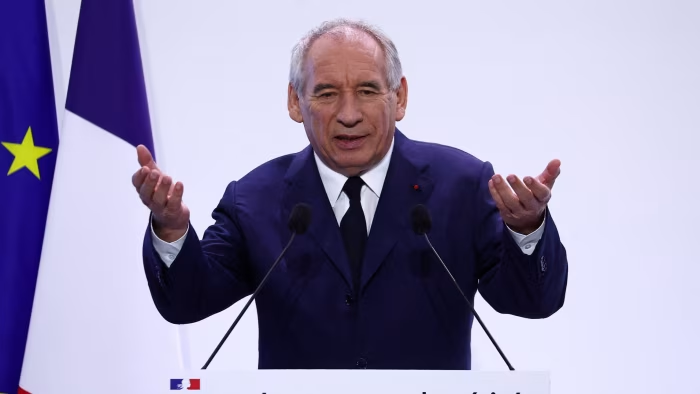Dragon and Bear: China‑Russia’s Strategic Embrace and What It Means for a New World Order

Introduction
In a world reshaping at an unprecedented pace—marked by digital revolutions, geopolitical friction, and shifting alliances—China and Russia’s deepening partnership stands out as one of the most consequential developments. Their “Dragon‑Bear” alliance, framed as a response to Western constraints, represents a bold attempt to redraw international power maps.
1. Shared Stories of Historical Victimhood
Xi Jinping and Vladimir Putin have repeatedly invoked shared narratives of subjugation by Western imperialism. Xi speaks of China’s century of humiliation and West-led containment; Putin dismisses Western claims of bringing democracy, portraying Russia as resisting oppression. These shared grievances fuel their strategic solidarity.
2. Framing a Multipolar Global Order
The “Dragon‑Bear” axis—stoked by Belt & Road and Eurasian integration—is driven by a call for a more equitable system that counters Western dominance. BRICS, amplifying Asia’s economic clout, has become a central platform in this push.
3. Strengths and Unspoken Tensions
Despite the rhetoric of “no limits,” differences linger. Russia fears China’s growing technological dominance; China worries about Russia’s expansionist instincts and unpredictable behavior. These tensions suggest a pragmatic partnership rather than an ideological fusion.
4. Economic and Military Interdependence
The Ukraine war has spurred a surge in Sino‑Russian trade—over $245 billion by the end of 2024—with Beijing gaining access to resources and military lessons. Yet mutual distrust lingers, evidenced by strategic rebuttals and Chinese security warnings in Moscow.
5. What Comes Next
The future of the Dragon‑Bear axis hinges on capability and convenience. It may deepen under shared threats or fracture if either side perceives its interests challenged. What endures is the shared ambition: to dismantle the current Western-led system and shift global power toward Eurasia.
Conclusion
The China‑Russia “Dragon‑Bear” embrace exemplifies a powerful, pragmatic convergence in modern geopolitics. While their union reshapes global dynamics, its durability will depend on balancing shared purpose with underlying suspicion.




